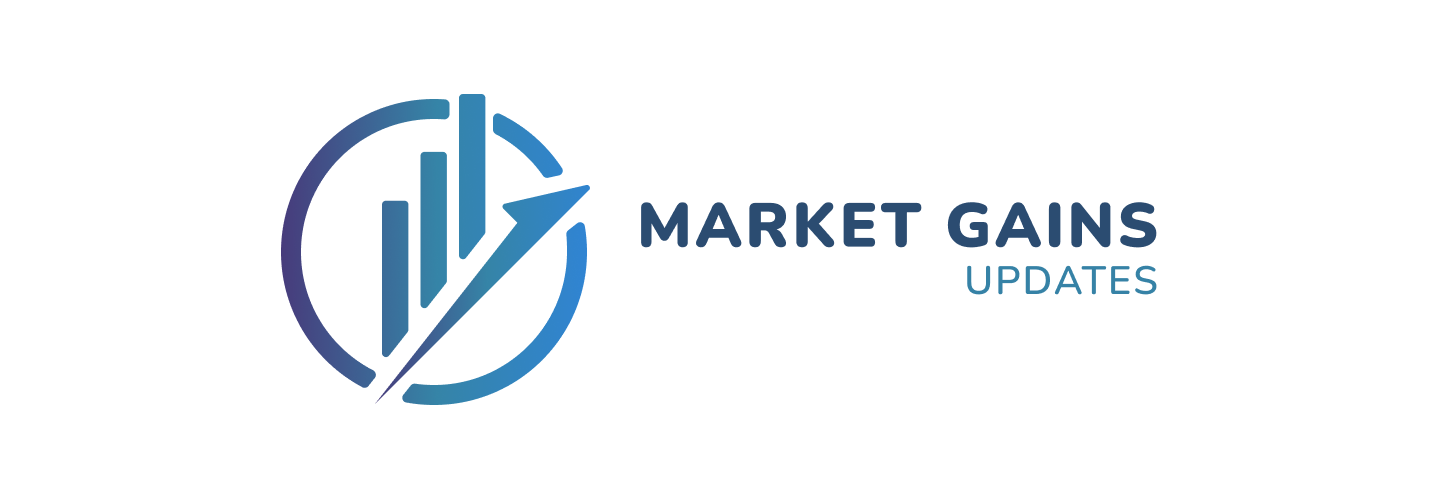
Current and former professional athletes will be in attendance at the White House today as President Donald Trump reinstates the Presidential Fitness Test, which has been out of commission since the end of the 2012-2013 school year.
The White House claims this decision was made to address ‘the widespread epidemic of declining health and physical fitness.’ According to CNN, the presidential council wants to partner with more pro athletes and organizations to help trumpet the President’s cause.
That idea may be true, but in today’s political climate, it can be difficult to get any public figure, particularly athletes or celebrities, to make an appearance that would have them stand on either side of the political aisle. Still, several athletes will show for the announcement. Here are all the sports figures who will be in attendance.
Sports figures in attendance for Trump’s Presidential Fitness Test reinstatement
The most famous sports figure in attendance will be former New York Giants’ linebacker Lawrence Taylor, widely-regarded as the greatest defensive player in NFL history. Taylor has spoken at Trump rallies in the past. He won’t be the only NFL player, though, as Kansas City Chiefs’ kicker Harrison Butker, who came under fire a year ago for a commencement speech he gave telling women to emphasize their home lives above their careers, will also be in attendance. Esteemed LIV golfer Bryson DeChambeau will be there as well. The president played golf with him on DeChambeau’s popular YouTube series ‘Break 50.’
Other sports figures set to attend include Chief Content Officer for the WWE Paul Levesque AKA ‘Triple H’, former pro golfer and ten-time major champion Annika Sorenstam, head of Texas Tech’s Name, Image and Likeness collective Cody Campbell, and former Trump sports council member Stephen Soloway.
What is the Presidential Fitness Test?
Retired following the 2012-2013 school year, the Presidential Fitness Test was a fitness assessment first administered by President Dwight Eisenhower in 1956, originally consisting of five events − the one-mile run, pull-ups or flexed-arm hang, sit-ups, shuttle run, and the sit-and-reach. Later iterations also included right-angle push-ups.
The goal of the assessment was to track individual progress while also offering a standard for all students to strive for.
